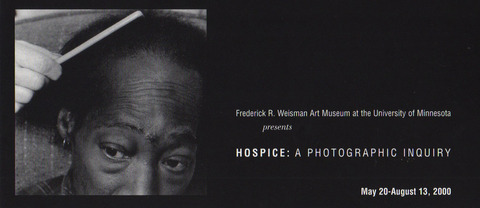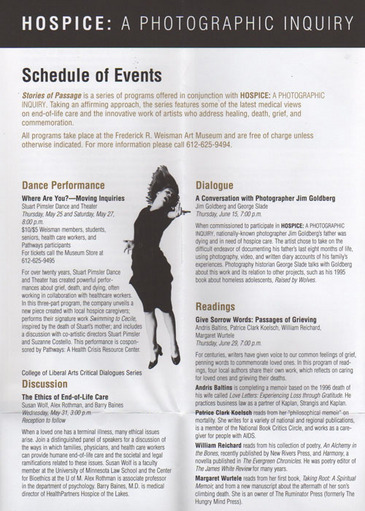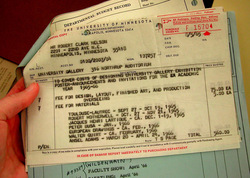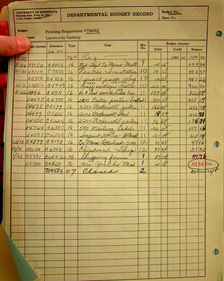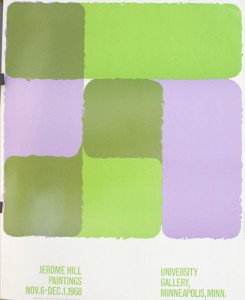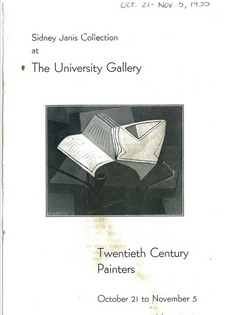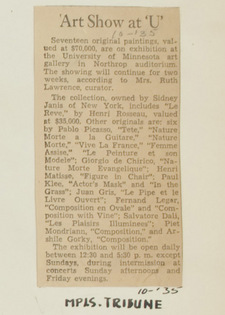Today, Monday, October 22, marks the 83rd anniversary of the opening and dedication of Northrop Memorial Auditorium at the University of Minnesota. This is an important milestone when considering that this performance hall and concert venue is currently closed, undergoing a major reconstruction and revitalization to preserve and update the facility. Northrop is an important building in the history of WAM, as it is the building where the museum resided for 59 years prior to moving into the Frank Gehry designed stainless steel clad Weisman building in 1993 (the museum’s “home” for nearly 20 years).
This anniversary reminds us of the enduring legacy of buildings and facilities at the University of Minnesota. The Northrop Auditorium building, named after University President Cyrus Northrop, opened in 1929 to fanfare and musical celebration. As described in a MN Daily article, “University Opens Doors of Auditorium At First Dedication Program Tonight,” the opening ceremony was complete with performances from the symphony orchestra, a piano solo, and the University band. In addition, “A cannon at the head of the mall will be fired near the close of the concert, in accordance with the custom of giving a military salute at the dedication of a state building.”
The October 23, 1929 edition of the MN Daily, which covered the opening celebration, reported that although nearly every seat was filled, the opening festivities were not pitch perfect. The grand cannon salute – which was scheduled to fire during the finale performance of the “1812 Overture” to represent the guns fired during the infamous battle for which the piece was written – did not go off as planned. As John Harvey of the MN Daily explained:
“‘Did you hear the cannon?’ With those words, Henri Verbrugghen, director of the Minneapolis Symphony orchestra, finished the first of a series of dedicatory exercises for the Cyrus Northrop Auditorium last night after a concert with Eunice Norton as soloist.
High winds broke wires that were to have taken the signal to representatives of the military department and prevented the firing of a cannon as part of the finale of Tchaikovsky’s ‘1812 Overture’ in which the University band joined with the symphony orchestra.”
Despite the (technical?) snafu, the tradition of commemorating a state building was not forgotten. Harvey reported that, “After the crowds left the campus, 10 shots rang out saluting belatedly the opening of the building.”
In the early years of the building, the Minneapolis Symphony Orchestra (now known as the Minnesota Orchestra, which moved from Northrop to Orchestra Hall in downtown Minneapolis in 1974) regularly held concerts, and the University Artists Course hosted a wide range of musical and theatrical performances. It wasn’t until 1934, nearly 5 years after the commemoration of the building, due to the fortuitous insight and dedication of University administration – to include President Lotus Coffman and Assistant to the President Malcolm Willey – that a “little” art gallery would open on the 4th floor of the facility. Though no cannons were used in commemoration of the gallery, the festivities planned to celebrate the opening of a new space for the exhibition of original artwork on campus was befitting of the tradition of the building. Read more about the “Little Gallery” opening ceremonies from a 2011 WAM Files blog post.
View past photos of and about Northrop Auditorium on the UMedia Archive.
